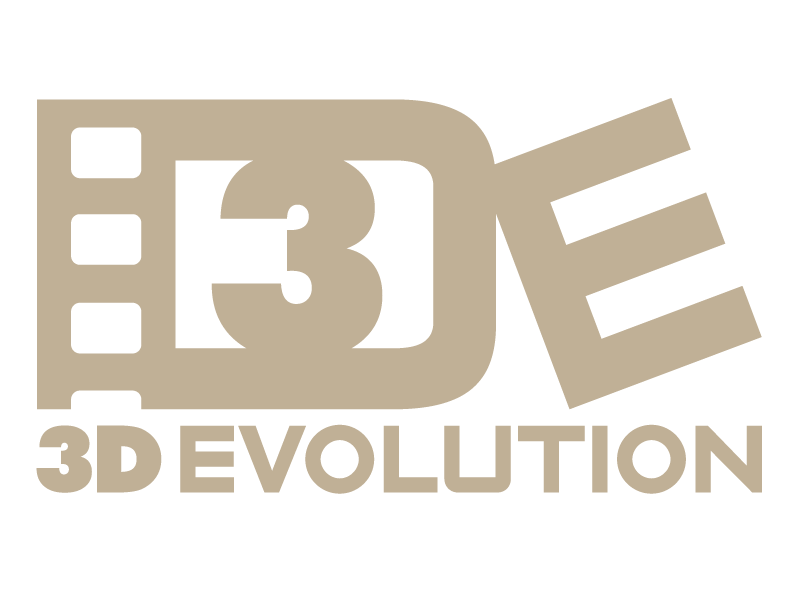by Dirk Gombos
We'd like to take a moment to define some of this new technology for those thinking of diving into the VR/AR phenomenon. VR (virtual reality) is the 'language' typically used for the video game sector. 360 spherical shooting with cameras (In camera) is another form of VR. This camera based VR is also known as 3D 360. 3D 360 gives you the true visual depth obtained from using 2 cameras to mimic your eyes. Monoscopic 360 filming uses one camera to give a 2D version of the environment. Most people are filming monoscopic in VR 360 today. Presently, there are only a select few companies focusing on more complex stereoscopic capturing.
How do you visit the VR environment? You use a head mounted device (HMD) to view the content, of course! You are transported to a virtual world using a computer based Oculus Rift, HTC Vive (Tethered solutions) or a cell phone based HMD like the Samsung Gear VR (Non-tethered solution). You can only see the world in which you are immersed in from this closed environment.
The online mobile world allows easy access to content and is replacing the model of cable based subscriptions of old. This is due to the heavy second screen (mobile phone and tablet) environment of today’s demographic. Cable has had to add internet based channels to stay competitive in today’s digital world. A second screen allows VR and 3D 360 to be seen in 2D based versions on your phone/tablet without any HMD. This still provides a wow factor of the new technology. You won't see the entire 3D jaw dropping version of the content, but you certainly will enjoy the new medium. This new medium is an entry point for anyone owning a device. It solves the majority of the viable distribution pathways addressing the problems facing the way VR content is distributed and monetized.
AR (augmented reality) is in the process of being developed. Consumer access is expected within the next 2 years. Microsoft's HoloLens is super exciting technology! Have a look.
Magic Leap is the other large player in the new realm of advanced AR technology, recall last week we spoke of the pioneers using compass and GPS based AR technology.
AR can take any graphical object and place it into a mediated reality. Mediated reality is seen through a transparent screen (glasses). We literally 'pop in' the objects to enhance the real world space. How does this differ from VR? AR allows you to interact with your environment and graphical objects through the mediated reality.
The final VR and AR products will be used in Education, Movies, TV, Advertising and Corporate presentations. As we step further into the future, 3D and 360 content will combine with VR elements, VFX and CGI to produce a fully immersive and interactive VR/AR platform producing a Mixed reality (MR). This will move the world in an exciting media interaction direction not seen since the game changing inception of the Internet.
Next week we shall give you our take at guideline suggestions for a safe way to experience the AR and VR realms...


